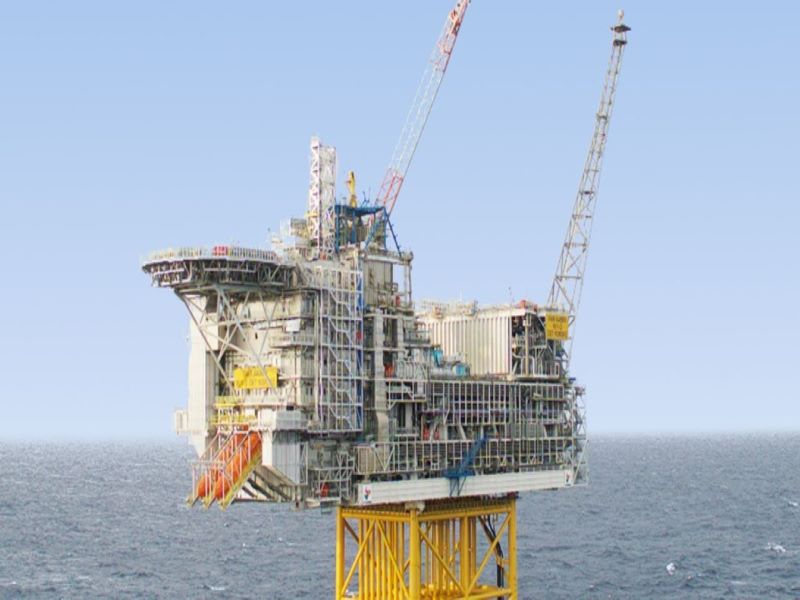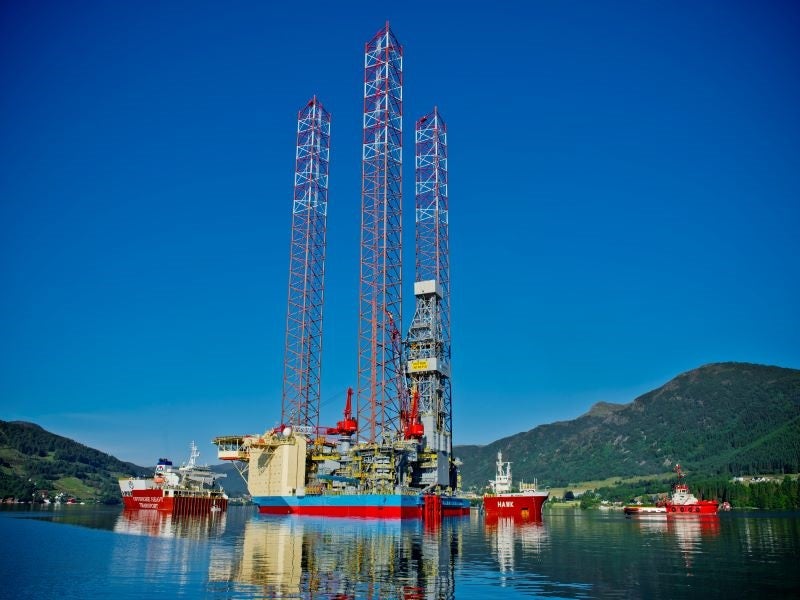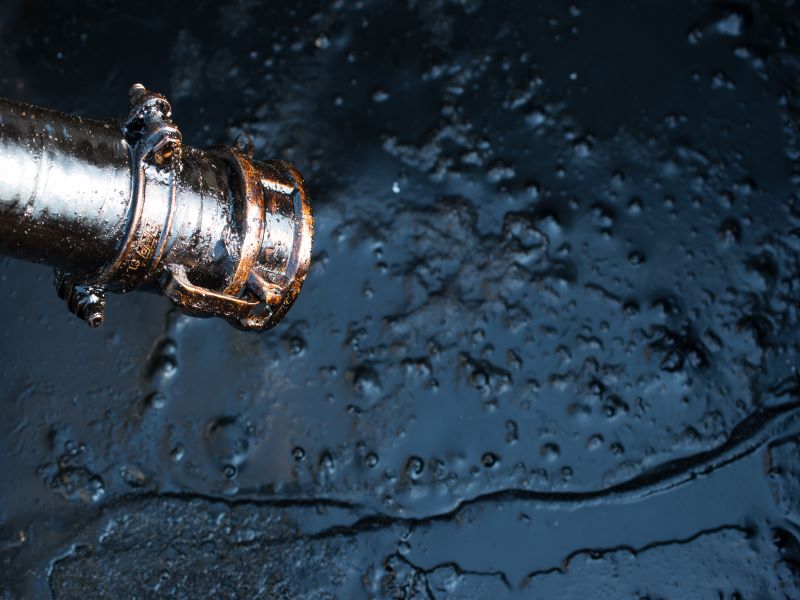The Hanz field is an oil and gas field development located in the Norwegian North Sea. The field is being developed by a partnership between Aker BP (35%, operator), Equinor (50%), and Spirit Energy (15%).
An investment decision for the development of the Hanz field was approved by Aker BP and its licence partners in December 2021. The project is estimated to involve an investment of approximately Nkr3.3bn ($363.41m).
The field is expected to become operational in the first half (H1) of 2024.
Hanz field location
The Hanz field is located approximately 12km to the north of the Ivar Aasen field in the North Sea, at a water depth of about 115m. Discovered in 2008, the Ivar Aasen field is located on Utsira High in the northern part of the North Sea, approximately 175km west of Karmøy, Norway.
The Hanz field was discovered in 1997 while the plan for development and operation (PDO) of the field was approved by the Norwegian authorities in 2013.
Hanz field reservoir and reserves
The Hanz reservoir is located within the Late Jurassic era Draupne Formation. It hosts oil with a minor gas cap.
The reservoir is hosted in a deep marine sandstone located at a depth of approximately 2,350m and with good reservoir properties.
The total reserves at the Hanz field were estimated at approximately 20 million metric barrels of oil equivalent (MMboe), as of December 2021.
Hanz field development background
The field was appraised through the drilling of appraisal wells 25/10-16 S, A and C on the Hanz field, about 14km north of the Ivar Aasen field. The drilling was completed in September 2018.
A wildcat well 25/10-16 B was drilled to primarily prove petroleum in the Upper Jurassic sandstones of the intra-Draupne formation, while the underlying Hugin formation was investigated as a secondary target.
A gas column of approximately 30m and an oil column of 30m were encountered by the appraisal well 25/10-16 S in the Draupne formation. The well did not hit oil/water contact. Sandstone layers with good reservoir quality totalling approximately 20m were encountered. A 15m-thick aquiferous sandstone layer with moderate to good reservoir quality was encountered in the Hugin formation.
The appraisal well 25/10-16 A intercepted a gas column of about 15m in the Hugin formation with moderate to good reservoir quality and proven gas/water contact.
Tight and partially tight sandstone layers totalling approximately 15m were encountered by wildcat well 25/10-16 B in the Draupne formation. The well also encountered approximately 10m of aquiferous sandstone with moderate to good reservoir quality in the Hugin formation.
Appraisal well 25/10-16 C encountered aquiferous sandstone totalling 15m with moderate to good reservoir quality in the Hugin formation. About 5m of tight and partially tight sandstone layers were encountered in the overlying Draupne formation.
Hanz field development details
The field will be tied back to the Ivar Aasen platform, which became the first field on the Norwegian continental shelf to be operated with a manned production platform from an onshore control room in 2019.
The resources at the Hanz field will be recovered by pressure support from water injection.
The production will involve the initial processing of oil on the Ivar Aasen platform. The well stream will be transported to the Edvard Grieg platform for final processing and export through the 212km-long Grane Oil pipeline, which is connected to the Sture terminal Equinor’s Sture terminal in Øygarden, west of Bergen, Norway.
Contractors involved
Maersk Drilling was engaged to provide the Maersk Intrepid drilling rig for the appraisal of the Hanz field in June 2018.
Subsea 7, a subsea services provider, was contracted by Aker BP to provide a 15km-long subsea tie-back to the Ivar Aasen platform in December 2021. The company is responsible for engineering, procurement, construction, and installation (EPCI) of the gas lift and production pipelines, and associated subsea infrastructure, under the contract.










